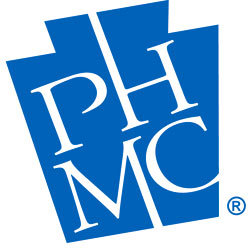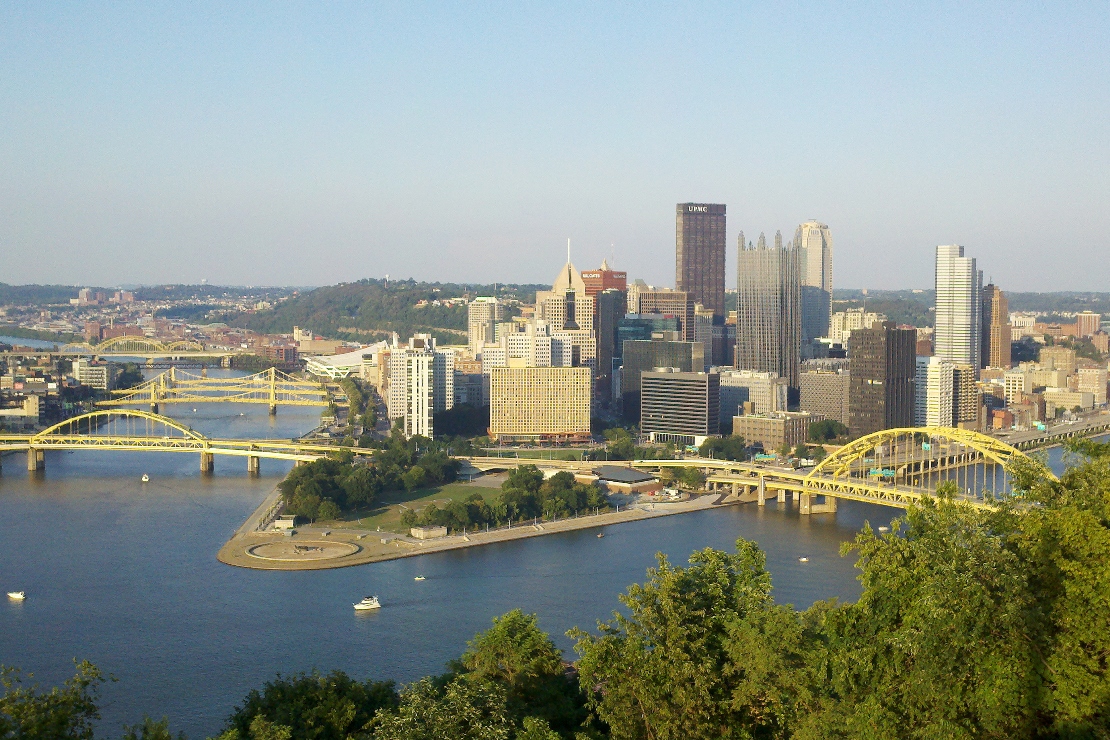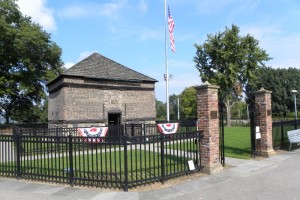At the beginning of May, I promised we’d provide a recap of the #31for31 social media campaign to celebrate Preservation Month across Pennsylvania. If you missed a post on our Facebook page or in our Twitter feed, no worries! You can see it, and the rest of the month’s content, right here. Don’t miss the big announcement covered in the May 31st post! Continue reading
Category: Pennsylvania Heritage Foundation
Preservationists across America are celebrating today as National Historic Preservation Month kicks off. Continue reading
Time for April’s SHPO Shout-Out! I’m going to mix it up a bit this month and Shout Out about something that’s happening soon rather than something that’s already happened or is in the process of happening. It’s not that I don’t have a whole bunch of great things waiting in the wings – it’s just that the 2016 Pennsylvania Statewide Conference on Heritage is a REALLY big deal and I’d be derelict in my duties as Education and Outreach Coordinator if I didn’t make sure that all of our dedicated readers know all about it. Continue reading
A Place In Time is a regular feature in Pennsylvania Heritage Magazine, published quarterly by the Pennsylvania Historical and Museum Commission, and available for purchase at ShopPaHeritage.com. A subscription to the magazine is a benefit of membership in the Pennsylvania Heritage Foundation, the nonprofit partner of the PHMC.
Throughout much of its industrial history, Pittsburgh had an image problem. In 1868 James Parton wrote in The Atlantic Monthly that it was “Hell with the lid taken off.” Later, it became known as “The Smoky City.” Pollution was a big issue, but there were other problems, such as traffic congestion, flooding and blight that made Pittsburgh a less-than-desirable place to live. It was so bad that in 1944 The Wall Street Journal characterized Pittsburgh among cities “that had bleak futures.” One could argue that nowhere were these issues more visible than at the Point, the area of downtown where the Allegheny River and the Monongahela River join to form the Ohio River. Prior to World War II, the Point was a smoky, gritty, blighted area that was home to two railyards, several exposition halls, offices, clubs and hotels. It was also home to the Fort Pitt Blockhouse, a 1764 building owned by the Daughters of the American Revolution and the sole remaining aboveground structure from the Colonial-era Fort Pitt. Continue reading





Recent Comments